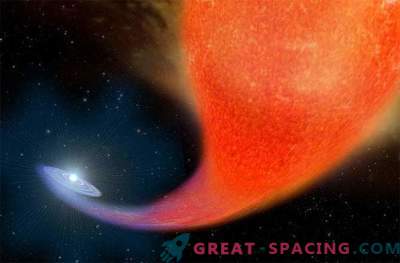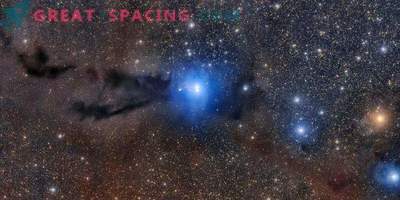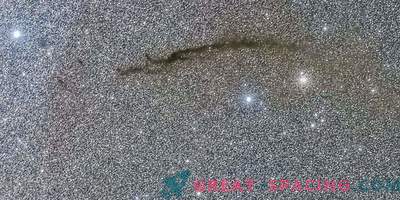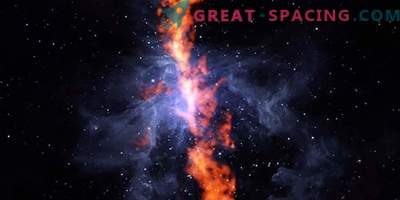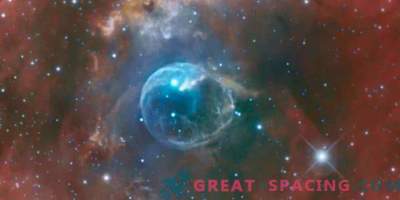
If we are talking about a cosmic phenomenon, the “cloud” is different from the white formations we are used to in the sky. We are talking about large-scale molecular clouds - spatial objects represented by hydrogen molecules and helium atoms, in which new planets and stars appear. By mass, they can be a million times greater than the sun and extend to hundreds of light years.
One of the nearest clouds is W51, which is 17000 light-years distant. In the new composite image, you can twist the high-energy output from the starry breeding ground, in which the X-rays of Chandra are colored blue. For 20 hours of observation, 600 young stars were recorded, as well as scattered X-rays of interstellar gas, whose temperature reached a million degrees.
The infrared light of the Spitzer telescope is transmitted to yellow-green and displays cool gas and stars. W51 has several clusters of young stars. In the central (G49.5-0.4) there are more than 100 x-ray sources.

X-ray spectrum
In the picture, the molecular cloud fills the entire field of view, but there are large areas inaccessible to Chandra, since they have lower energy of hot interstellar gas. It is believed that dense areas with cold material displaced hot gas or block x-rays.
A prominent source is a massive star surrounded by weaker ones. This shows that massive stars are capable of being created in isolation. Not far from the center there is another young cluster with a star system that creates an unusually large fraction of the energy X-ray radiation. While no theory can explain how this happens, therefore, most likely, we are talking about two young massive stars. Such powerful rays should change the chemistry of molecules and create an unsuitable environment for the formation of planets.
